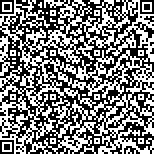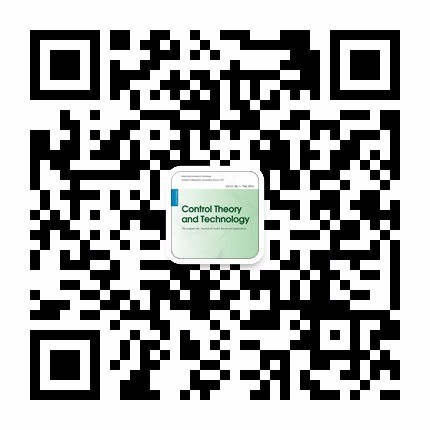| This Paper:Browse 1526 Download 1064 |

码上扫一扫! |
| Pole placement approach to coherent passive reservoir engineering for storing quantum information |
| T.Nguyen,Z.Miao,Y.Pan,N.Amini,V.Ugrinovskii,M.R.James |
|
|
| (ARC Centre for Quantum Computation and Communication Technology, Research School of Engineering, The Australian National University, Canberra, ACT 2601, Australia) |
|
| 摘要: |
| Reservoir engineering is the term used in quantum control and information technologies to describe manipulating the environment within which an open quantum system operates. Reservoir engineering is essential in applications where storing quantum information is required. From the control theory perspective, a quantum system is capable of storing quantum information if it possesses a so-called decoherence free subsystem (DFS). This paper explores pole placement techniques to facilitate synthesis of decoherence free subsystems via coherent quantum feedback control. We discuss limitations of the conventional `open loop' approach and propose a constructive feedback design methodology for decoherence free subsystem engineering. It captures a quite general dynamic coherent feedback structure which allows systems with decoherence free modes to be synthesized from components which do not have such modes. |
| 关键词: Open quantum system, decoherence free subsystem, reservoir engineering, coherent feedback control, quantum control |
| DOI: |
|
| 基金项目:This paper is dedicated to Professor Ian R. Petersen on the occasion of his 60th birthday. This work was supported by grants CE110001027 from Australian Research Council Centre of Excellence for Quantum Computation and Communication Technology, FA2386-12-1-4084 from AFOSR, and DP140101779 from Australian Research Council, respectively. N.H.A. acknowledges CNRS funding under the JCJC INS2I 2016 ``QIGR3CF'' and JCNC INS2I 2017 ``QFCCQI'' projects. |
|
| Pole placement approach to coherent passive reservoir engineering for storing quantum information |
| T. Nguyen,Z. Miao,Y. Pan,N. Amini,V. Ugrinovskii,M. R. James |
| (ARC Centre for Quantum Computation and Communication Technology, Research School of Engineering, The Australian National University, Canberra, ACT 2601, Australia;QUANTIC lab, INRIA Paris, 2 rue Simone Iff, 75012 Paris, France;Institute of Cyber-Systems and Control, Zhejiang University, Hangzhou Zhejiang 310027, China;CNRS, Laboratoire des signaux et syst{\` e}mes (L2S), CentraleSup{\' e}lec, 3 rue Joliot Curie, 91192 Gif-Sur-Yvette, France;School of Engineering and Information Technology, University of New South Wales at the Australian Defence Force Academy, Canberra, ACT 2600, Australia;ARC Centre for Quantum Computation and Communication Technology, Research School of Engineering, Australian National University, Australia) |
| Abstract: |
| Reservoir engineering is the term used in quantum control and information technologies to describe manipulating the environment within which an open quantum system operates. Reservoir engineering is essential in applications where storing quantum information is required. From the control theory perspective, a quantum system is capable of storing quantum information if it possesses a so-called decoherence free subsystem (DFS). This paper explores pole placement techniques to facilitate synthesis of decoherence free subsystems via coherent quantum feedback control. We discuss limitations of the conventional `open loop' approach and propose a constructive feedback design methodology for decoherence free subsystem engineering. It captures a quite general dynamic coherent feedback structure which allows systems with decoherence free modes to be synthesized from components which do not have such modes. |
| Key words: Open quantum system, decoherence free subsystem, reservoir engineering, coherent feedback control, quantum control |

